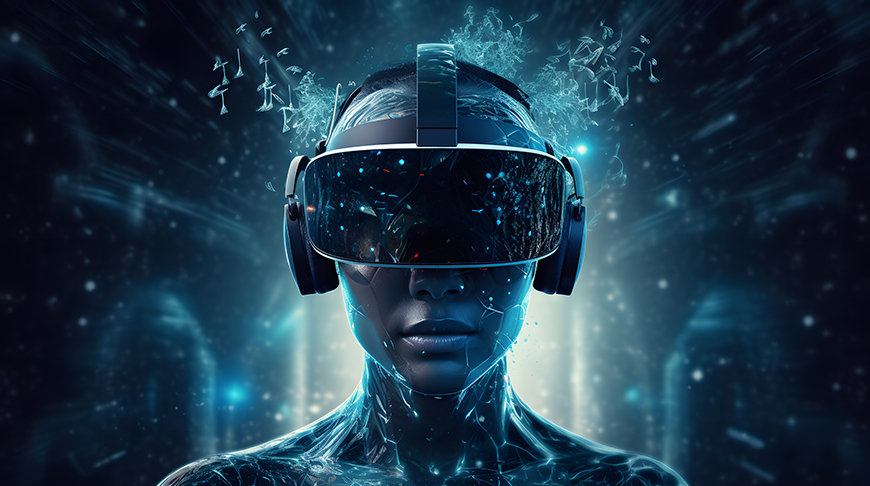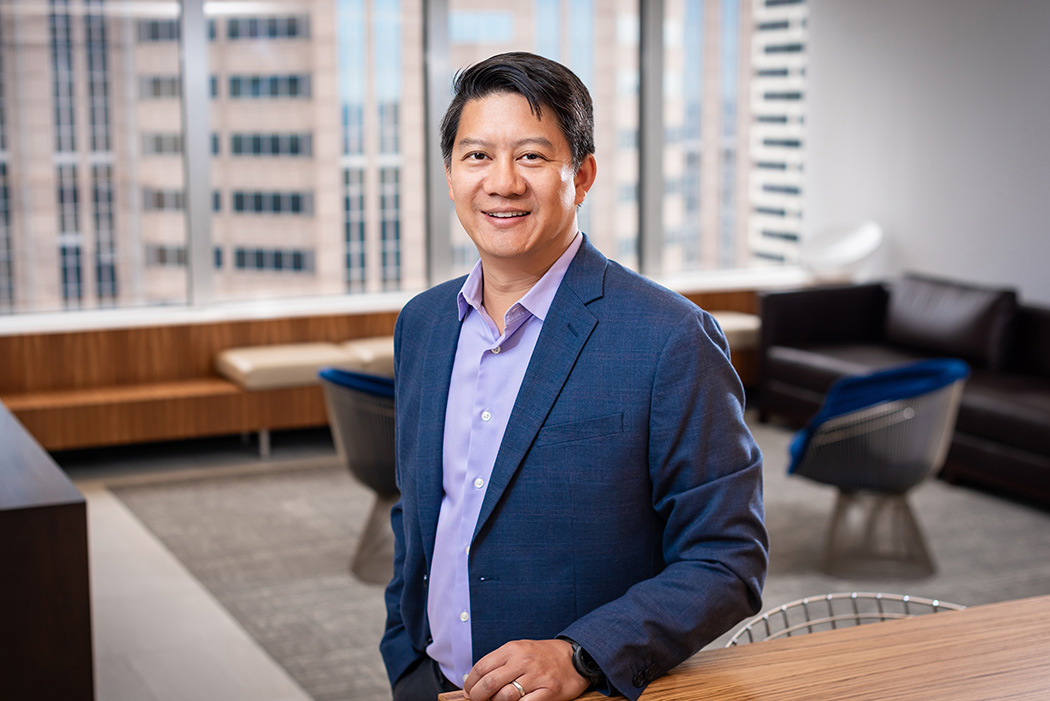“Heart on My Sleeve”: What Protections Exist for Creativity and Identity in the Landscape of Generative AI
- December 5, 2023
- Snippets
Practices & Technologies
Artificial Intelligence*Taylor Weilnau, an MBHB summer associate, also contributed substantively to this article.
In April 2023, a digital music track entitled “Heart on My Sleeve” was released on multiple hosting platforms including Spotify, Apple Music, TikTok, and YouTube. At first listen, the well-known voices of the artists Drake and Abel Tesfaye (known professionally as The Weeknd) rap and sing over a four-note piano loop, electronic drums, bass, and synth strings. The lyrics include the two rap/R&B stars lamenting relationship problems, a casual “flex” about taking a Lamborghini Aventador out for a drive, and celebrity name drops of Justin Bieber, 21 Savage, and The Weeknd’s ex Selena Gomez.
But in reality, neither Drake nor The Weeknd ever wrote, performed, or recorded the song. Instead, the vocal tracks, and perhaps other portions of “Heart on My Sleeve,” were created using a generative artificial intelligence (AI) model specifically trained – perhaps using dozens or hundreds of the respective artists’ actual songs – to sound convincingly like them. Within days of its release by anonymous TikTok user ghostwriter977, “Heart on My Sleeve” became a viral hit, garnering about 20 million listens across all platforms.
In response, Drake’s music label, Universal Music Group (UMG), filed takedown notices with several platforms, citing copyright infringement as a basis for removing the AI-generated track. [1] In a subsequent media statement, UMG specifically called out the “training of generative AI using our artists’ music” as being a violation of copyright law and breach of distribution agreements. [2]
As illustrated with “Heart on My Sleeve,” generative AI presents new challenges for the music industry and creatives as well as new questions about whether the laws governing creative expression, such as copyright, are a source of protection. And if not, are there other sources of legal protection for creatives in the landscape of generative AI? Below we attempt to answer some of these questions—and ask others.
U.S. copyright law protects original works of authorship in any tangible medium of expression, meaning any independent creation by an author, which is communicated through visual or audio means containing a minimal degree of creativity. [3] Copyright protection grants a human author the rights to reproduction, derivative works, distribution, public performance, and public display of the copyrighted work. [4] For now, AI is not considered as an author under copyright law, meaning spontaneous, fully AI-generated works cannot be protected by copyright. [5]

To prove “Heart on My Sleeve” infringes a copyrighted work, UMG and the artists would have to show: (1) ownership of a valid copyright and (2) copying of constituent elements of the work that are original. [6] To show (2), a copyright owner would have to show “substantial similarity” between the claimed infringing work and the asserted copyright. [7]
While using vocals that sound similar or identical to both artists, the performance of “Heart on My Sleeve” does not directly sample any of Drake or The Weeknd’s copyrighted works. Furthermore, it is unclear what source material and how much of that source material was used to generate the track. Ultimately, it seems UMG and the artists may be hard-pressed to show substantial similarity between the generative AI track and either artist’s existing copyrights.
UMG and the artists could have an argument that the track infringes on their rights to derivative works. Derivative works are “based upon one or more preexisting works, such as a translation, musical arrangement . . . or any other form in which a work may be recast, transformed, or adapted.” [8] Depending on the source material used, “Heart on My Sleeve” could be found to be an infringing derivative version when compared to those preexisting works.
Based on the treatment of unauthorized derivative works in other contexts, when considering AI-generated music, courts may consider factors such as: how the AI algorithm produced the composition, what copyrighted works trained the algorithm, the form of the AI-generated composition or work, and whether the created work uses any sampling from copyrighted works. [9] Without proceeding deep into litigation discovery, it seems showing infringement as an unauthorized derivative work would present similar difficulties as proving infringement under the traditional test.
But this begs the question, if not by copyright, how can creatives protect themselves in this evolving landscape of generative AI music?
We will aim to answer that question next week in the conclusion of this article.
[1] Chloe Veltman, When you realize your favorite new song was written and performed by . . . AI, NPR (May 24, 2023), https://www.npr.org/2023/04/21/1171032649/ai-music-heart-on-my-sleeve-drake-the-weeknd.
[2] Supra Veltman.
[3] 17 U.S.C. § 101(a).
[4] 17 U.S.C. § 106.
[5] U.S. Copyright Office, Copyright Registration Guidance: Works Containing Material Generated by Artificial Intelligence (2023), https://www.federalregister.gov/documents/2023/03/16/2023-05321/copyright-registration-guidance-works-containing-material-generated-by-artificial-intelligence.
[6] Feist Publications v. Rural Telephone Service Co., 499 U.S. 340 (1991).
[7] See Shyamkrishna Balganesh, Irina D. Manta & Tess Wilkinson-Ryan, Judging Similarity, 100 Iowa L. Rev. 267, 268 (2014).
[8] 17 U.S.C. § 101.
[9] See, e.g., Shapiro, Bernstein & Co. v. Jerry Vogel Music Co., 73 F.Supp. 165, 167 (D.C.N.Y. 1947) (“The change in time of the added chorus, and the slight variation in the base of the accompaniment, there being no change in the tune or lyrics, would not be ‘new work‘”.); and Shady Records, Inc. v. Source Enterprises, Inc., 2005 WL 14920, at *1 (S.D.N.Y.,2005) (denying summary judgement because the underlying content of the recording presents genuine issues of material fact).

